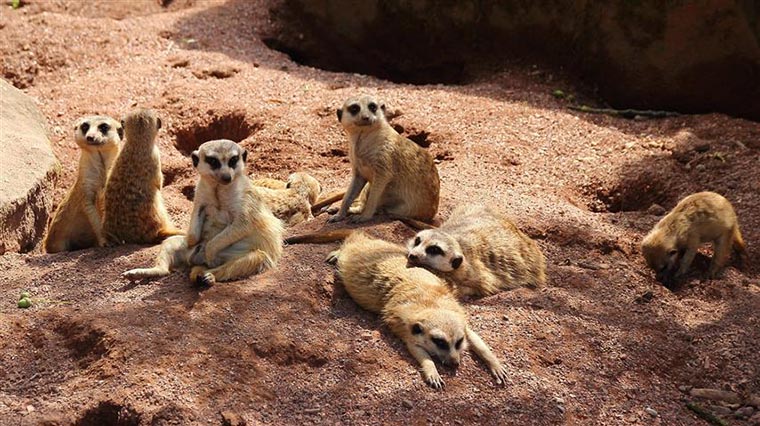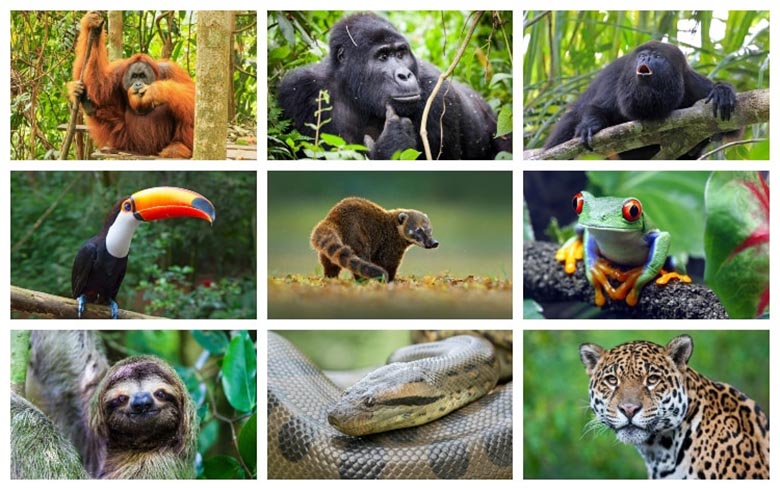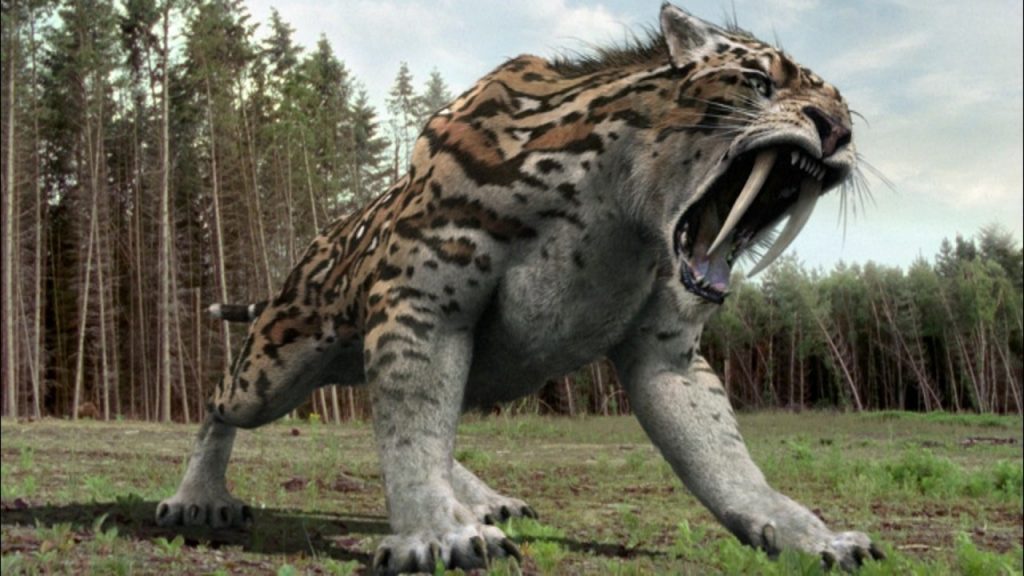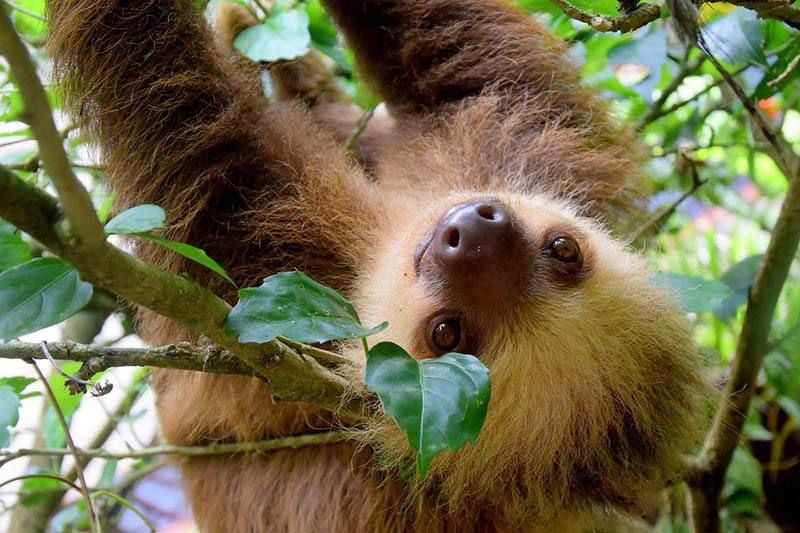- Some animals of hot countries hibernate from time to time to survive the dry season. From the point of view of biology, this hibernation is no different from that into which bears, badgers and other animals fall in cold areas, just instead of frosts, they try to survive the dry period of the year.
- The animal world of hot climates is richer in cold-blooded animals, such as reptiles and amphibians. This is logical: these creatures feel much better in a warm climate than in a cold one.
- In hot regions of the Earth, the biomass and diversity of life are higher than in cold ones, since it is easier to survive in the heat than in cold. But not everywhere – for example, there are only a few animals both in number and in species diversity in hot deserts.
- The largest land animals on Earth live in hot countries. These are, as you might guess, elephants and rhinos, which take second place.
- The largest land predators are also found here. Well, conditionally “land” ones, since they still spend part of their lives in the water – these are saltwater crocodiles. Previously, polar bears were considered the largest terrestrial predators, but recent research has shown that this is not the case.

- The fauna of hot countries is much more dangerous for humans than the fauna of cold ones. It is in a warm climate that all the most poisonous and dangerous reptiles and insects in the world live.
- Our ancestors, as we know, came from Africa, from the territory of modern South Africa and Namibia. And great apes, the most intelligent animals in the world, also live only in warm climates.
- All herbivores of hot countries have long ago taken the root of the same instinct: water means danger. At the watering place, animals are often being waited on by predators, so they always drink with caution.
- Most of the big cats (Pantherinae) live only in warm countries. Only a few of their representatives, such as snow leopards, tigers, and lynxes, are found in temperate and cold climates.
- It is in a hot climate that the only big cats are found which don’t lead a single lifestyle, but a group one. It’s lions that gather in pride that consist of one dominant male and his harem of females.
Check it out: 15 facts about animals of cold countries
- Many animals of hot countries are threatened with extinction. This is largely due to the fact that the countries of Africa, South America, and southern Asia are quite poor, and the locals there destroy both the animals themselves and the forests in which they live.
- Unique representatives of the fauna of warm regions are protopterus lungfishes. They breathe mainly atmospheric air, receiving only a small part of the oxygen they need from the water.
- Cheetahs, the fastest land creatures on Earth, cheetahs, live in hot climates. Cheetahs can reach speeds of up to 70 mph (110 km/h), and even more! However, not for long – they can run so fast for about 20 seconds only. After that they need to stop and rest, otherwise, they may lose consciousness from a heat stroke.
- Many animals of hot countries look leaner than the kin of their colder climes. Cats, dogs, cows – they seem thin, even if they eat normally and do not starve. This is because they don’t need a fat layer to keep them warm.
- The wildlife of some warm regions becomes much more diverse for a while in winter, as migratory birds arrive from the north. But during the winter they eat most of the food in the new place, and therefore by spring they go back.


